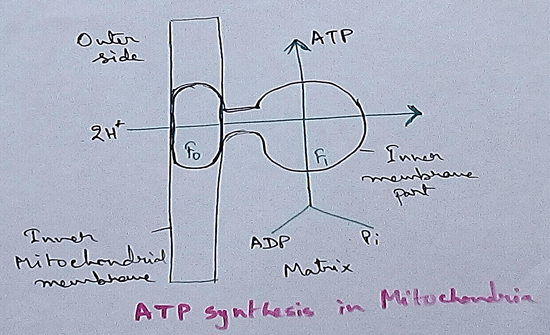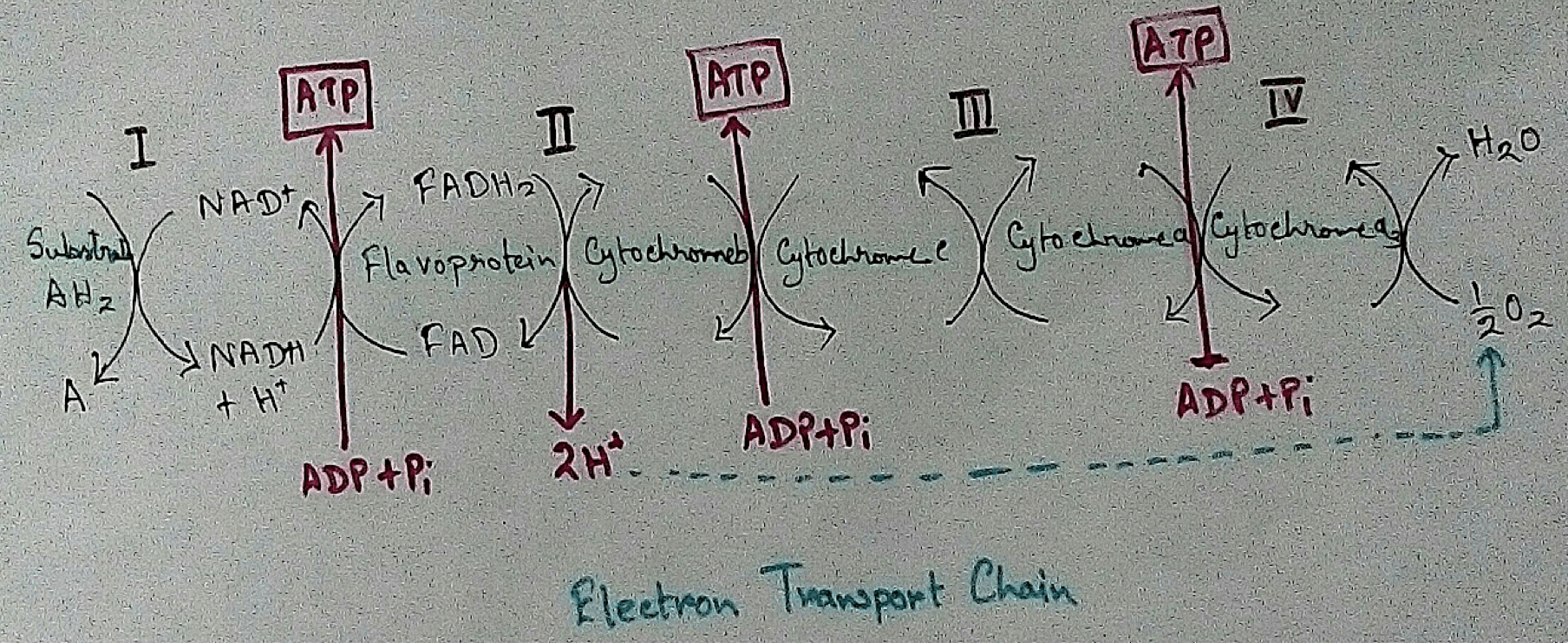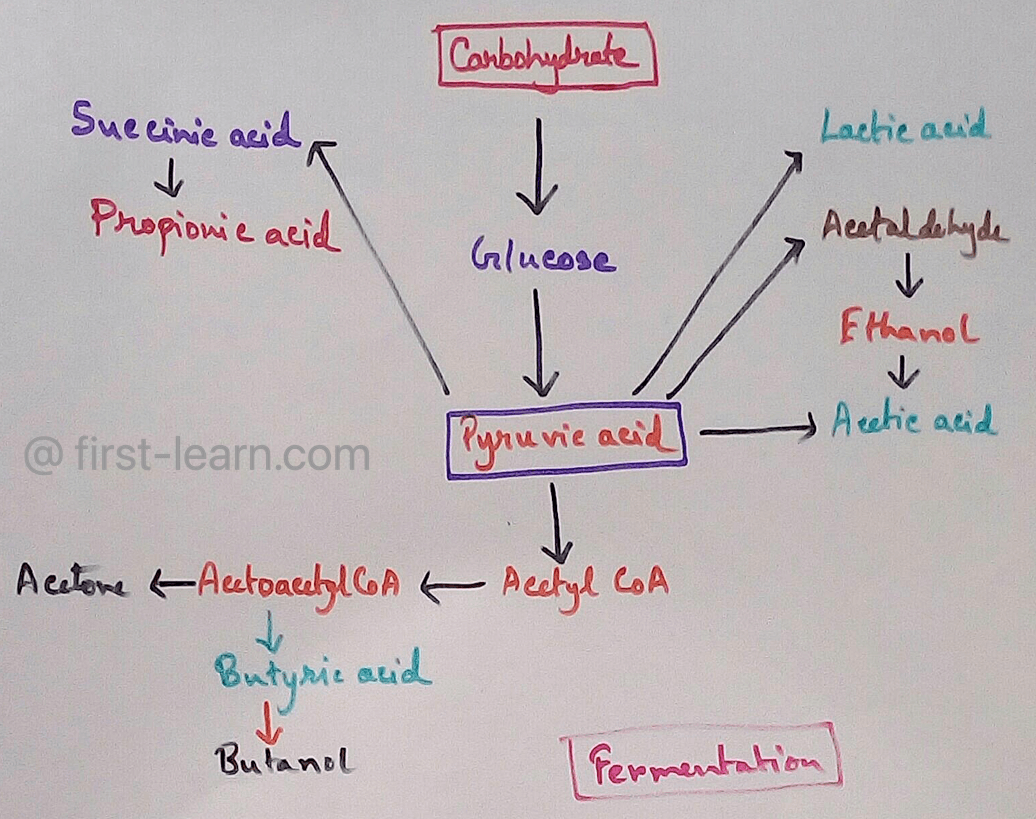Worksheet on Food and Food Preservation
Worksheet on food and food preservation contains various types of questions on the Food that helps us to grow, gives energy and protects us from diseases.
We know, proteins help the body to grow. Carbohydrates and fats provide us energy to work. Vitamins protect us from diseases. Mineral salt are necessary for proper biological activities. They give strength to bodily organs. Water is utilized to digest food and throw out unwanted materials from the body as urine and sweat.
I. Match the column:
(i) Iron (a) body-building
(ii) Butter (b) blood
(iii) Preserving food (c) spoil food
(iv) Proteins (d) canning
(v) Germs (e) fat
II. Fill in the
blanks:
(i) __________ help the child to grow.
(ii) __________ and __________ are carbohydrates.
(iii) Vitamins protect us from __________.
(iv) Balanced diet contains all the __________.
(v) Vegetables should be __________ before cutting.
III. Strike out the wrong word:
(i) Pulses contain __________ (carbohydrates/proteins)
(ii) Vitamins protect us from __________ (rats/diseases)
(iii) __________ (calcium/iron) helps us in making bones.
(iv) Water has no __________ (water/food) value.
IV. Mark a tick (√) or cross (X) against each given statement:
1. Green leafy vegetables are rich in proteins.
2. Iron makes our blood red.
3. Carbohydrates should be eaten for growth.
4. Water is used by the body for digestion.
5. Germs grow in dehydrated food.
V. Answer the following questions:
1. Why do we need food?
2. Why are children asked to eat lots of protein-rich food?
3. How much water does a normal human body need daily?
4. Into which four groups have food items been divided?
5. Name three substances that can be added in the food to preserve it.
6. Water does not contain any nutrients. But still it is important for us. Why?
Check the answers of worksheet on food and food preservation:
Answers:
I. (i) Iron (b) blood
(ii) Butter (e) fat
(iii) Preserving food (d) canning
(iv) Proteins (a) body-building
(v) Germs (c) spoil food
II. (i) Protein
(ii) Sugar, starch
(iii) disease
(iv) nutrients
(v) washed
III. (i) proteins
(ii) diseases
(iii) calcium
(iv) food
IV. 1. X
2. √
3. X
4. √
5. X
V. 1. We need food for energy, to grow and to fight diseases
2. Children are asked to eat lots of protein-rich food because it helps them to grow.
3. A normal human body needs 3 to 4 liters of water daily.
4. The four groups have food items been divided are protein group, milk group, vegetable and fruit group and cereal group.
5. The three substances that can be added in the food to preserve the food are sugar, salt and oil.
6. Water does not contain any nutrients. But still it is important for us because it helps the body to digest the food, get rid of waste and use the nutrients properly.
From Worksheet on Food and Food Preservation to HOME PAGE
Recent Articles
-
Respiratory Balance Sheet | TCA Cycle | ATP Consumption Process
Feb 18, 24 01:56 PM
The major component that produced during the photosynthesis is Glucose which is further metabolised by the different metabolic pathways like glycolysis, Krebs cycle, TCA cycle and produces energy whic… -
Electron Transport System and Oxidative Phosphorylation | ETC |Diagram
Feb 04, 24 01:57 PM
It is also called ETC. Electron transfer means the process where one electron relocates from one atom to the other atom. Definition of electron transport chain - The biological process where a chains… -
Tricarboxylic Acid Cycle | Krebs Cycle | Steps | End Products |Diagram
Jan 28, 24 12:39 PM
This is a type of process which execute in a cyclical form and final common pathway for oxidation of Carbohydrates fat protein through which acetyl coenzyme a or acetyl CoA is completely oxidised to c… -
Aerobic Respiration | Definition of Aerobic Respiration | Glycolysis
Dec 15, 23 08:42 AM
This is a type of respiration where molecular free oxygen is used as the final acceptor and it is observed in cell. Site of Aerobic Respiration - Aerobic respiration is observed in most of the eukaryo… -
Fermentation | Definition | Types of Fermentation | Application
Nov 29, 23 10:27 PM
Definition of fermentation- It is a process that is energy yielding process of anaerobic oxidation of organic compounds which are carried out by the enzyme action of micro organisms where neither gase…




New! Comments
Have your say about what you just read! Leave me a comment in the box below.